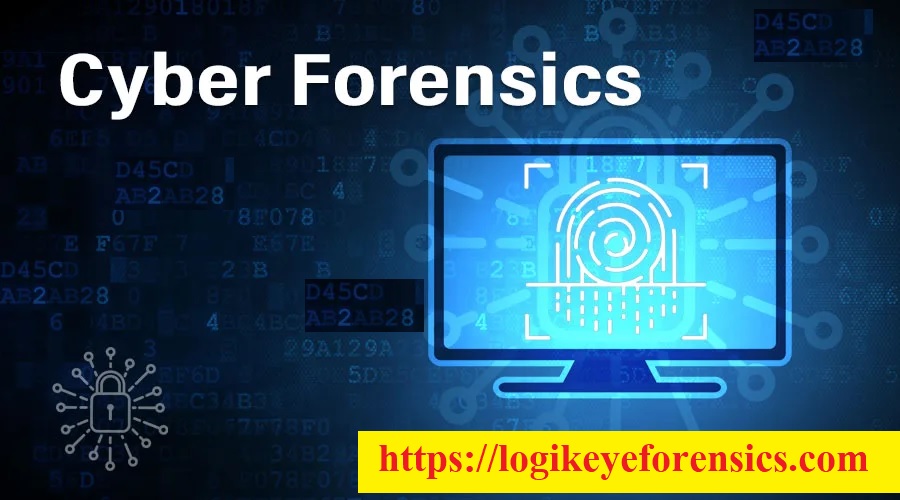Digital Forensics is the scientific process of collecting, analyzing, and preserving digital evidence for use in legal investigations. This field involves the recovery of digital data from various sources, including computers, mobile devices, servers, and cloud storage. The goal of digital forensics is to provide a secure and unbiased examination of digital devices and systems to uncover potential evidence of a crime or to determine the cause of a technical issue.
The digital forensics process begins with the preservation of evidence. This involves securing the device in question and making an exact copy of the data, often referred to as an "image," to preserve the original data. This image is then analyzed using various tools and techniques to extract evidence.
The next step in the process is the examination of the digital data. This involves searching for relevant data, such as emails, documents, or photos, that may be relevant to the investigation. The data is analyzed for signs of tampering, deletions, or other changes to ensure its authenticity.
Once the relevant data has been identified, the digital forensics analyst will perform a detailed analysis to extract evidence. This includes reviewing the metadata, analyzing the file structure, and extracting and analyzing the content of the data. The goal of this analysis is to uncover any evidence that may support or disprove a particular theory or hypothesis.
The final step in the digital forensics process is the presentation of the evidence in court. The digital forensics analyst must present the evidence in a clear and concise manner, and be able to explain the results of the analysis in layman's terms. This may involve providing written reports, giving expert testimony in court, or using visual aids to help explain the findings.
